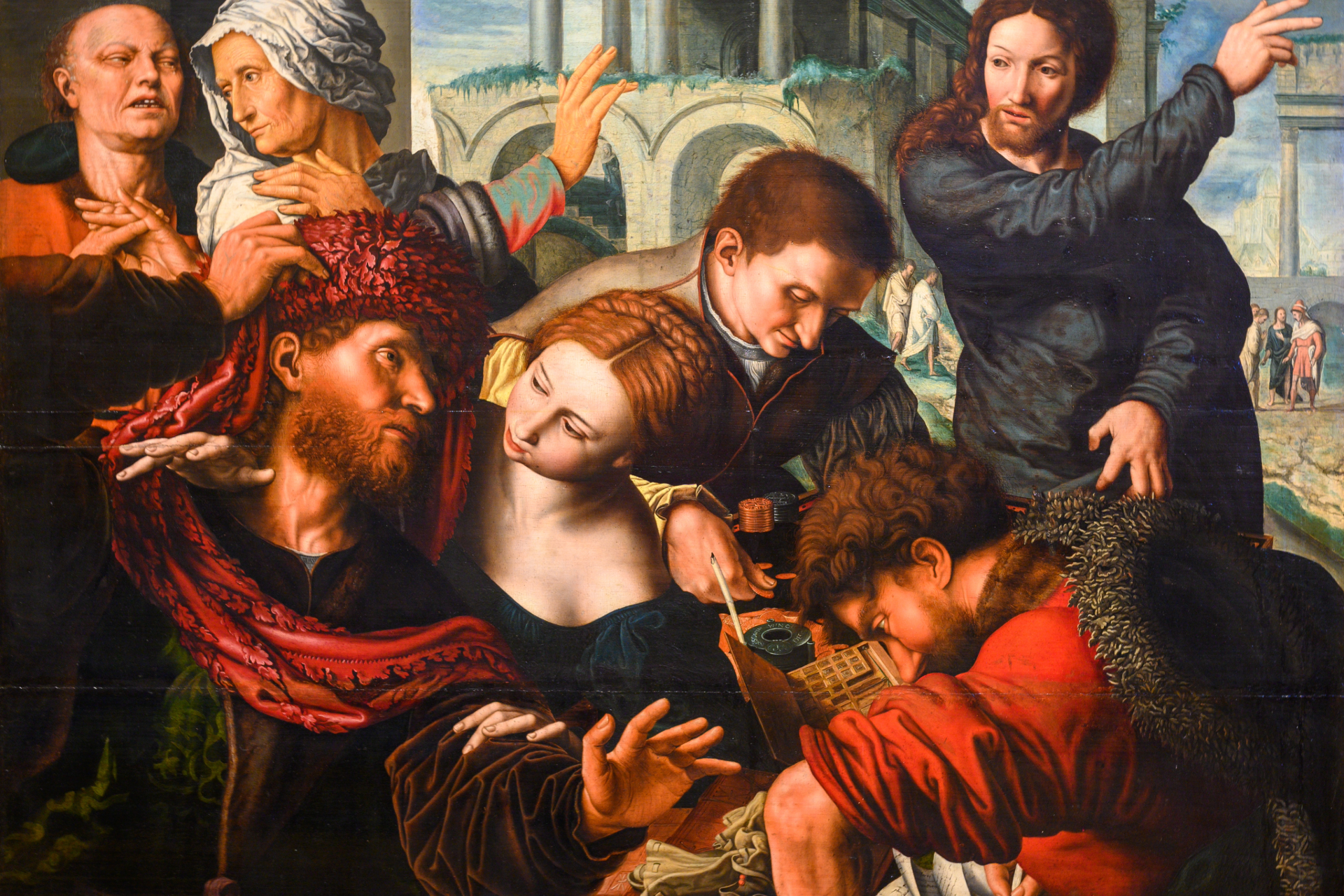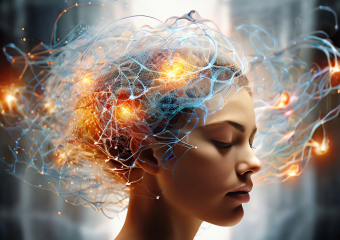Rumi Awards Reveals Top Ten Revolutionary Thinkers of the Renaissance Era
Introduction: Exploring the Renaissance Era’s Revolutionary Thinkers
The Renaissance era, spanning from the 14th to the 17th century, was a period of immense intellectual and cultural growth. It was a time when new ideas and perspectives emerged, challenging the traditional beliefs and norms of society. This era witnessed the rise of numerous revolutionary thinkers who pushed the boundaries of knowledge and reshaped the world as we know it today. In this article, we will explore the top ten revolutionary thinkers of the Renaissance era, focusing on their contributions and impact on various fields of study.
Leonardo da Vinci: A Renaissance Polymath and Visionary
Leonardo da Vinci, often regarded as the epitome of a Renaissance man, was a polymath whose genius spanned across various disciplines. He was not only a painter but also an inventor, scientist, engineer, and mathematician. Leonardo’s artistic masterpieces, such as the Mona Lisa and The Last Supper, continue to captivate audiences to this day. However, his contributions to science and engineering were equally groundbreaking.
One of Leonardo’s most notable achievements was his study of human anatomy. He dissected corpses to gain a deeper understanding of the human body, creating detailed anatomical drawings that were far ahead of their time. His sketches of the human skeleton, muscles, and organs provided invaluable insights into the workings of the human body, laying the foundation for modern anatomical studies.
Furthermore, Leonardo’s engineering designs were revolutionary. He conceptualized flying machines, submarines, and even a rudimentary tank. Although many of his inventions were never built, they demonstrated his visionary thinking and laid the groundwork for future technological advancements.
Nicolaus Copernicus: Challenging Geocentrism and Revolutionizing Astronomy
Nicolaus Copernicus, a Polish astronomer and mathematician, challenged the prevailing belief in geocentrism, which held that the Earth was the center of the universe. In his seminal work, “On the Revolutions of the Celestial Spheres,” Copernicus proposed a heliocentric model, placing the Sun at the center of the solar system. This revolutionary idea contradicted centuries of established dogma and sparked a paradigm shift in our understanding of the cosmos.
Copernicus’s heliocentric model was not only a theoretical concept but also supported by mathematical calculations. He argued that the observed movements of the planets could be better explained by assuming a heliocentric system rather than a geocentric one. This groundbreaking theory laid the foundation for modern astronomy and paved the way for future discoveries.
Galileo Galilei: Advancing Scientific Method and Defying Dogma
Galileo Galilei, an Italian physicist, mathematician, and astronomer, is often referred to as the father of modern science. He played a crucial role in advancing the scientific method and challenging the prevailing beliefs of his time. Galileo’s observations and experiments revolutionized our understanding of the natural world and laid the groundwork for the scientific revolution.
One of Galileo’s most significant contributions was his use of the telescope to observe celestial bodies. His observations of the Moon, Jupiter’s moons, and the phases of Venus provided empirical evidence that supported Copernicus’s heliocentric model. However, these findings contradicted the teachings of the Catholic Church, which held a geocentric view of the universe.
Galileo’s steadfast commitment to the pursuit of truth led him into conflict with the Church. In 1633, he was tried by the Inquisition and forced to recant his support for the heliocentric model. Despite this setback, Galileo’s work laid the foundation for the scientific method, emphasizing the importance of observation, experimentation, and empirical evidence in the pursuit of knowledge.
In conclusion, the Renaissance era was a time of immense intellectual and cultural growth, fueled by the contributions of revolutionary thinkers. Leonardo da Vinci’s polymathic genius, Nicolaus Copernicus’s challenge to geocentrism, and Galileo Galilei’s advancement of the scientific method are just a few examples of the groundbreaking ideas that emerged during this period. These thinkers not only reshaped their respective fields but also laid the foundation for future scientific and artistic advancements. Their contributions continue to inspire and influence our understanding of the world today.








